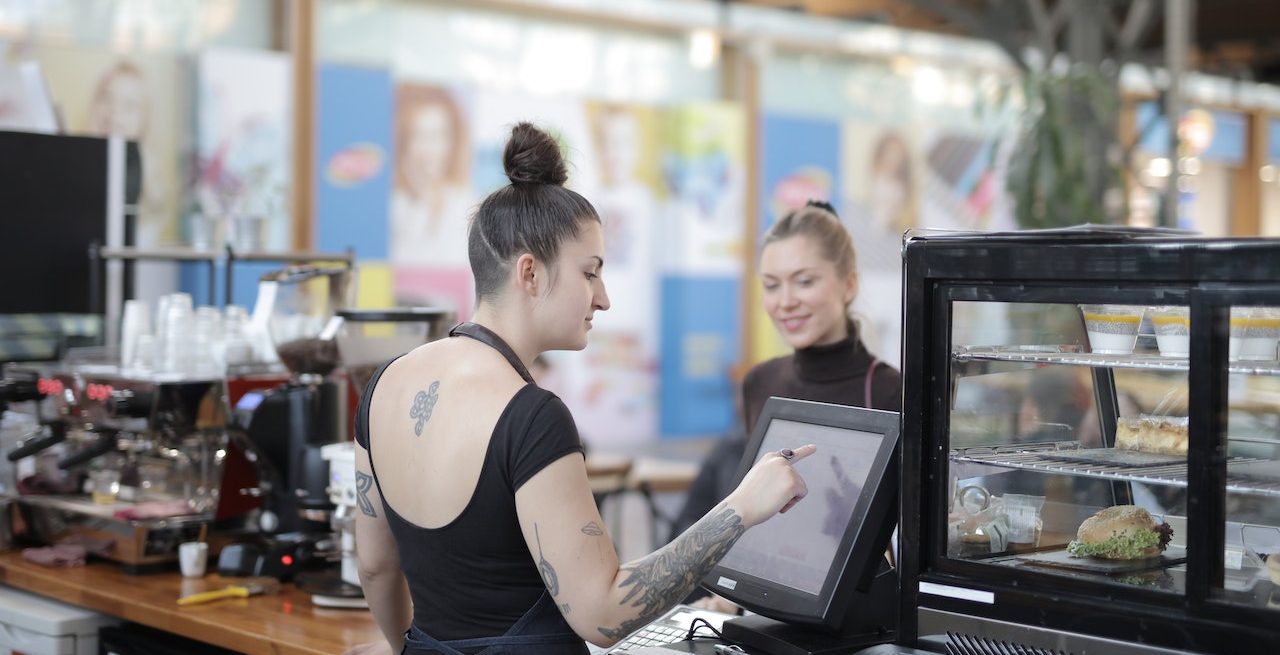Consumer Habits Are Changing — What’s Next for Restaurant Tech?
5 Min Read By Savneet Singh
The food industry has been historically slow to integrate technology and digital solutions. However, given the current circumstances surrounding the COVID-19 pandemic, economic instability and impending recession in 2023, traditional norms are shattered. Restaurants have had to adapt beyond the conventional to navigate the stormy waters and emerge stronger than ever before.
Many food and beverage establishments have seen success with technology — such as contactless options, automation to support changing workforces and innovative customer loyalty strategies — in their endeavors to meet the demand for safer and more convenient dining experiences. Here are the ways technology is revolutionizing the culinary world through.
The Future of Payments
Payment option variety is changing the dining experience in unthinkable ways. Gone are the days of cash-only transactions. Customers expect efficient and convenient payments, and restaurants must adapt to meet those demands Tap-to-pay, tableside QR codes, tablets — you name it — help the food service industry embrace flexible and intelligent payment systems. An added benefit: restaurants can also capture and analyze valuable customer data.
Using cutting-edge technology positions restaurants to unlock a wealth of prospects to enhance the customer experience. With integrated point-of-sale (POS) systems, the entire dining process is streamlined, from when customers order to when they pay for their meals. These systems help every aspect of the dining experience — including the kitchen, waitstaff and payment process — run smoothly and efficiently.
POS systems offer a multitude of benefits for businesses, including:
- Streamlined operations by automating various tasks such as sales transactions, inventory management and reporting.
- Enhanced accuracy through minimized human errors in order processing and inventory tracking.
- Improved customer experience with faster and more seamless transactions, reducing wait times and providing a smooth checkout process. They can also integrate with loyalty programs and customer relationship management (CRM) systems to further personalize the dining experience.
- Data-driven insights via detailed reports and analytics for better insight into sales trends, inventory levels and customer behavior.
- Integration capabilities with other software and tools, such as accounting software, online ordering platforms and third-party integrations.
Acquiring this technology allows restaurant owners to focus on creating delicious food and providing excellent customer service — the POS system takes care of the rest.
Mobile apps further augment the culinary journey by offering personalized features tailored to individual preferences, such as recommending relevant restaurants in the area and suggesting recipes based on dietary restrictions. Apps tailored to the customer make it easier for all diners to have a more pleasant restaurant experience. They can quickly discover new and exciting dishes, learn about different cuisines and order food with just a few taps, offering a seamless and convenient way to explore.
By tracking customer preferences using sophisticated algorithms and machine learning techniques, restaurant owners can better understand their clientele and tailor their offerings accordingly. Additionally, these tools enable seamless integration of loyalty programs across multiple payment platforms, allowing for a more streamlined and efficient customer experience. Digital tools have profoundly impacted the restaurant industry, enabling businesses to better serve their customers and stay ahead of the competition.
Convenience Is King
Convenience reigns supreme in the fast-paced world of quick-service restaurants (QSRs), and drive-thru technology is undergoing a transformative evolution to meet the growing demands of customers. The drive-thru has become an integral part of QSR operations as restaurants witness a surge in popularity propelled by the pandemic. Drive-thrus soared to new heights as consumers sought an escape from the challenges and monotony of quarantine.
To address the increasing demand and deliver exceptional customer experiences, QSR operators are streamlining drive-thru operations using:
- Mobile ordering apps.
- QR codes.
- Ordering screens.
By leveraging technology, restaurants can incentivize customers to place their orders digitally in advance so staff can prepare pre-paid meals before customers reach the line, minimizing drive-thru congestion, reducing wait times and improving service speeds.
The Taco Bell Defy, situated in Brooklyn Park, Minnesota, is a contactless drive-thru that exemplifies the effectiveness of pre-ordering and implementing advanced technology to provide customers with a smooth and hassle-free experience. By leveraging innovative solutions, this establishment has successfully removed any potential friction points that could arise during the ordering and pickup process, allowing diners to enjoy their meals without unnecessary delays or disruptions. QSRs can revolutionize the drive-thru experience and cater to the evolving needs of customers by combining digital solutions with traditional drive-thru infrastructure.
Customer Loyalty Is Crucial for Recession-Proofing
Cultivating customer loyalty is especially paramount for businesses in today's challenging economic landscape. Despite potential price increases, food service businesses can still generate creative strategies to bolster foot traffic and drive sales.
Restaurants should prioritize personalized marketing campaigns that leverage customer data. Offering targeted promotions and rewards tailored to individual preferences strengthens the bond between businesses and their customers.
Mobile apps and loyalty programs enrich the dining experience by enabling smooth customer interactions, providing convenient and personalized experiences and encouraging continued engagement. As the future of data-driven customer experiences evolves, brands must adapt to changes like Google's plan to remove third-party cookies by 2024. This shift requires businesses to reevaluate their traditional practices and place a renewed emphasis on building customer-first loyalty and engagement programs. By offering better 1:1 interactions and rewarding customers for their data, brands can create meaningful, lasting relationships.
In addition, businesses must form strong bonds with fellow community members and work closely with neighboring establishments by engaging in social responsibility initiatives. Companies show they care about their community, which resonates with customers who appreciate businesses that share their values. Over 70 percent of consumers feel it is essential to buy from brands that share their values and beliefs — and among Millennials, the largest U.S. population group, the percentage is even higher. By actively participating in local activities, companies can become an integral part of the community.
Is Automation the Answer to Shrinking Restaurant Workforces?
In the face of labor shortages and increasing costs, the restaurant industry is exploring automation as a potential solution to supplement shrinking workforces. While automation, including robots, can streamline repetitive tasks and improve operational efficiency, restaurants need to strike the right balance between automation and the human touch. Rather than replacing employees, the focus should be attracting and retaining talented individuals.
Brands have successfully leveraged AI technologies to maximize efficiency, order accuracy and service speed. For instance, Panera Bread introduced their proprietary voice AI ordering technology called "Tori" in their drive-thru operations. With this innovative AI solution, Panera aims to decrease customer wait times, enhance order accuracy and help employees prioritize guest interactions. Automation can and should fine-tune operational processes and human customer service.
Restaurant technologies are meant to empower workers and improve their capabilities, not replace them. Restaurants should direct automation efforts towards back-of-house operations — such as inventory management and food preparation — to support staff in delivering exceptional mealtime encounters. When done correctly, partnering human interaction with machine automation will streamline restaurant operations, elevate service quality and create a harmonious blend of technology and personalized hospitality.
Changing consumer habits drive the need for restaurant innovation that prioritizes convenience, personalization, sustainability and seamless integration of online and offline experiences. By embracing emerging trends and leveraging customer data, restaurants can deliver tailored experiences, optimize operations and meet their customers' evolving expectations.


